Originally posted in the Brandon Sun, December 19, 2014
I’m a beer columnist and generally don’t drink any other sort of alcoholic beverages such as wine, ciders or other spirits. When you visit another part of the world, sometimes beer isn’t the most popular alcoholic beverage like it is here in Canada. A lot of it has to do with resources that are available in the region. Seeing that Manitoba is plentiful in barley and wheat, a lot of it is used in beer and whisky, so we tend to see a million different varieties of beers and whiskies here. In Jamaica, for the most part they have to import barley from Canada and the European Union, so they rely on sugar cane, which is one of their largest resources. Also, sugar cane isn’t known as an ingredient that can be malted to make a traditional beer, so it ends up going into making rums and liqueurs. I’m not a rum fan, but seeing I was in the neighbourhood, I just had to make a visit to the Appleton Estates Rum Factory in rural Jamaica.
At $25 USD per person for a tour, it’s quite a bit more expensive than going on a beer tour as the most I’ve ever paid for a beer tour was $0.00. However, seeing that Appleton Estates is one of the largest rum manufacturers on the planet, I was willing to cough up the money just so I could say I visited Appleton Estates. When you arrive, there’s a rum sampling station, a large bar and dining room and a store where you can buy Appleton’s products. Since I opted for a tour, I was told to wait in the dining room where I was immediately greeted and served some of Appleton’s homemade rum punch, a delicious beverage of a blend of tropical Jamaican fruits and a good amount of rum to give it a bit of a kick.
During the tour, the tour guide Peter was passionate about the distillery, teaching us about the history of the Appleton distillery, that before electricity was introduced on the island, the distillery would rely on donkeys pulling on a grinding station to turn freshly harvested sugar cane into a liquid that would eventually be fermented and turned into molasses, as well as until the last few decades, there would be train service between the sugar cane fields and the distillery to bring the sugar cane right to the distillery as the country’s roads weren’t improved until the last 30 years or so. Another thing that was interesting is that rum doesn’t just all of a sudden turn into 40% booze, it takes a lot of boiling and steam release for the product to go from 7% to 40%.
After the rum is boiled and fermented, it is barrelled and dated in their warehouse, where it is aged for no less than three years. Some of the barrels I saw in the warehouse were between seven and ten years old, but they make rums that are aged to up to even 21 years. Unfortunately for us, the blending of the rum takes place in Kingston, so what happens is that once the Kingston factory needs three year old rum or rum of a certain age, they will bring some barrels up from the warehouse and use it for their blends. From there, they will blend it with various barrels of their rum and make sure it has the distinct Appleton Estates flavours to it. From there, it’s bottled and sent all over the world. Appleton’s rum demand is now being sold in more countries around the world to the point that they are running out of capacity, so that means they are currently in works to expand their distillery to allow for easier production for North American and Asian markets.
At the end of the tour, we were given samples of their rums and coffee rum liqueurs. While at the end of the tour I still wasn’t a rum fan, their Sangster’s Coffee Rum Liqueur was very delicious and comparable, if not better than Bailey’s. Sangster’s is currently not available in Manitoba but it’s available elsewhere in Canada.
Looking here in Manitoba, we have a very comparable operation in our own back yard with Diageo’s Crown Royal distillery in Gimli. Gimli is the only place in the world where Crown Royal Whisky is distilled. Unfortunately for us, unlike Appleton Estates, they don’t give public tours anymore. So that sucks.
If you’re in Jamaica, you should check out the Appleton Estates rum factory. The history buff in me really enjoyed learning about how the distillery came to be, but the lover of all things booze related loved being around hundreds of oak rum barrels.
Aside from Appleton’s Sangsters Rum Liqueur, you can find most of Appleton’s rums at almost any Liquor Mart or small town off-sales liquor store. If you were hoping for a beer review: I recommend checking out Jamaica’s Dragon Stout. What surprises me about Dragon Stout is that for a beer made in a very tropical country, it is a very thick, molassesy and strong beer, perfect for a dessert after a quarter jerk chicken meal.

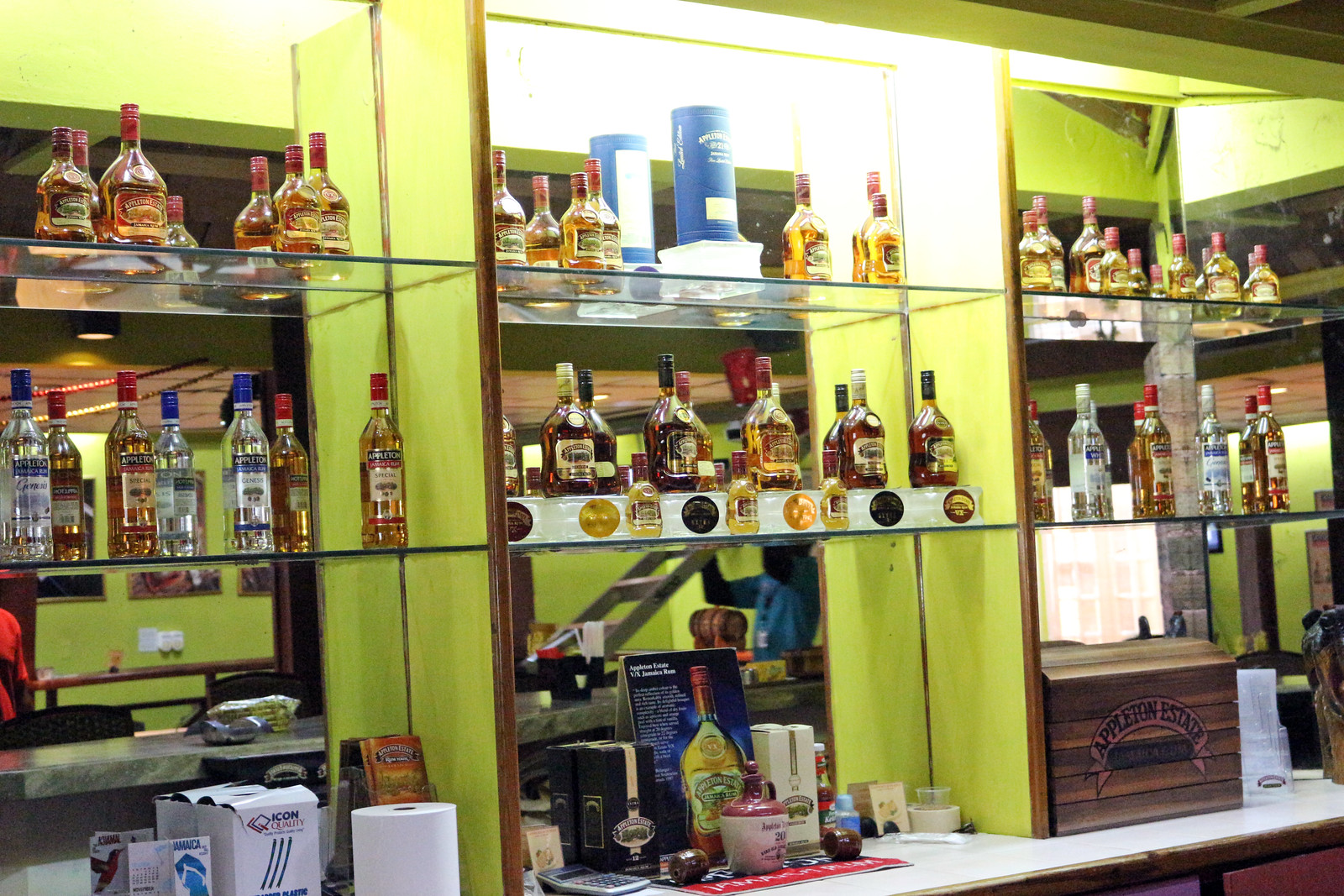
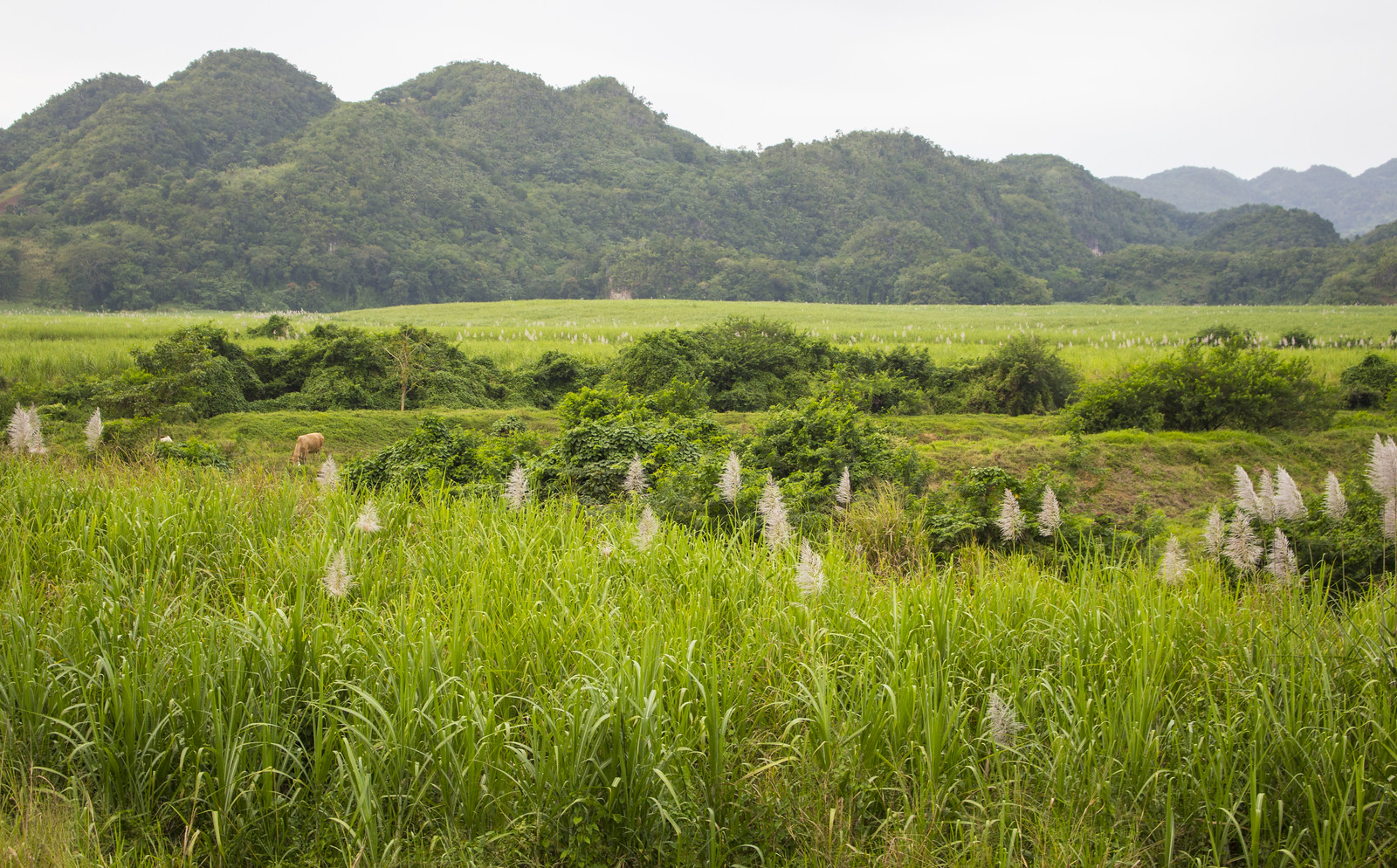
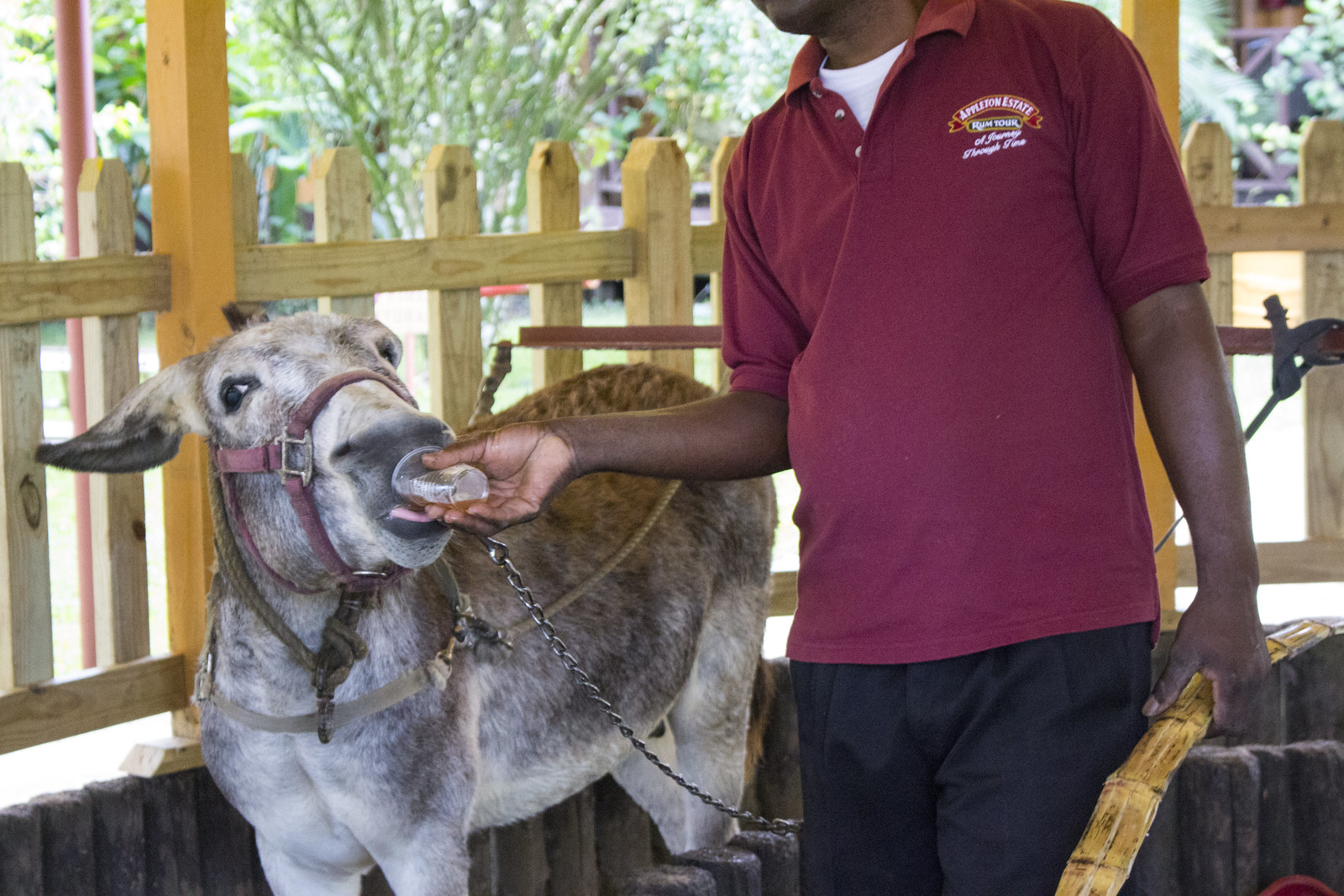
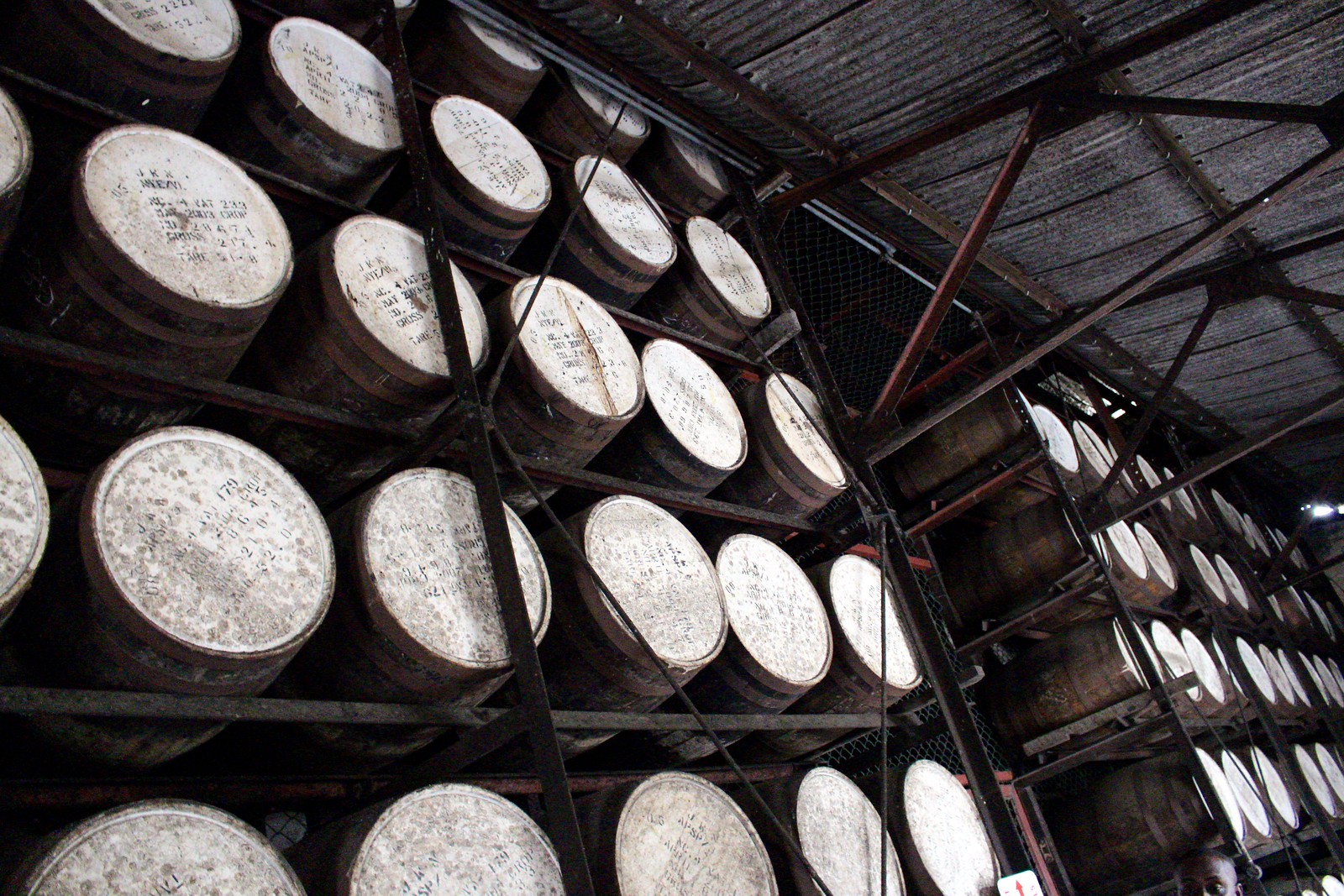
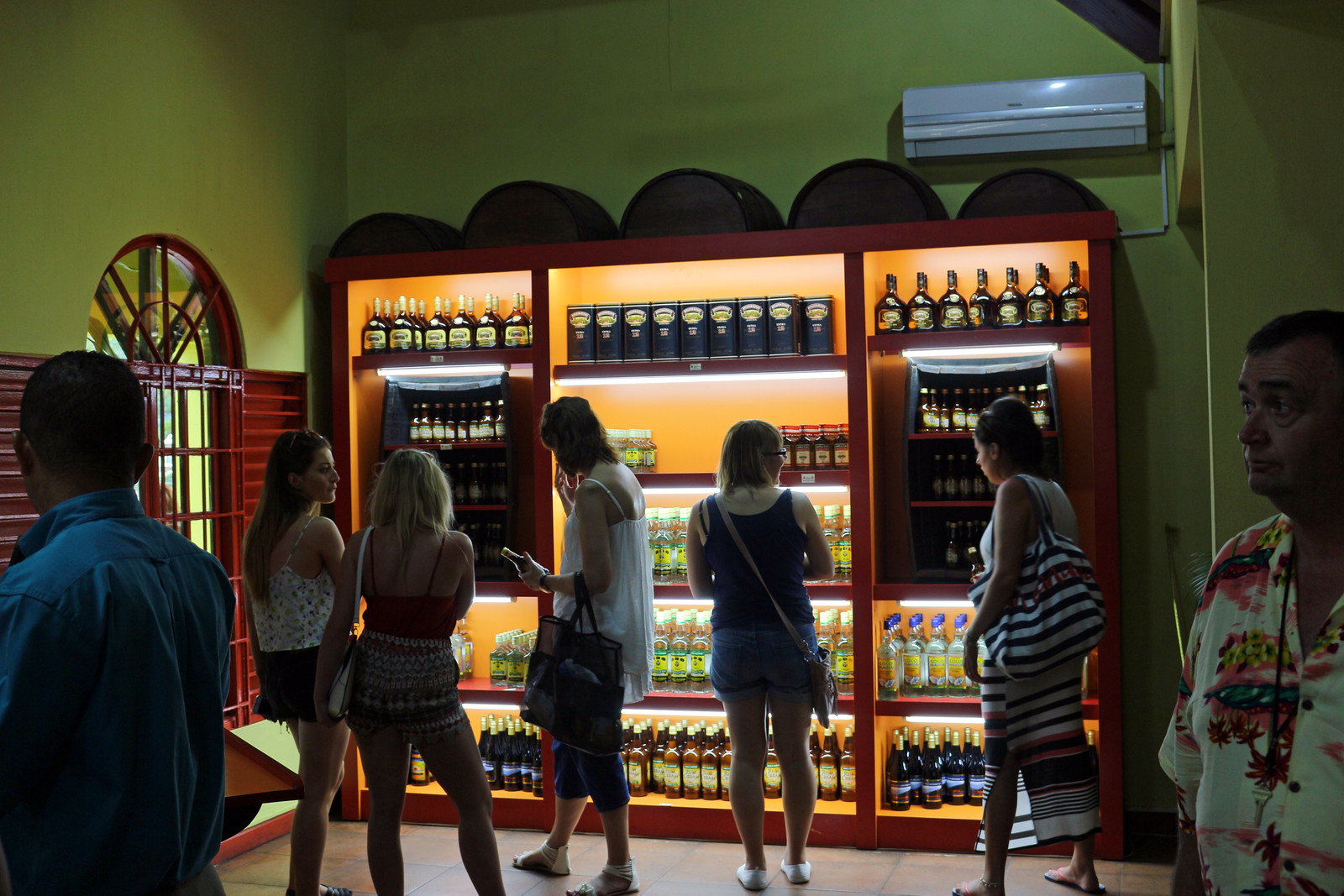



No comments:
Post a Comment